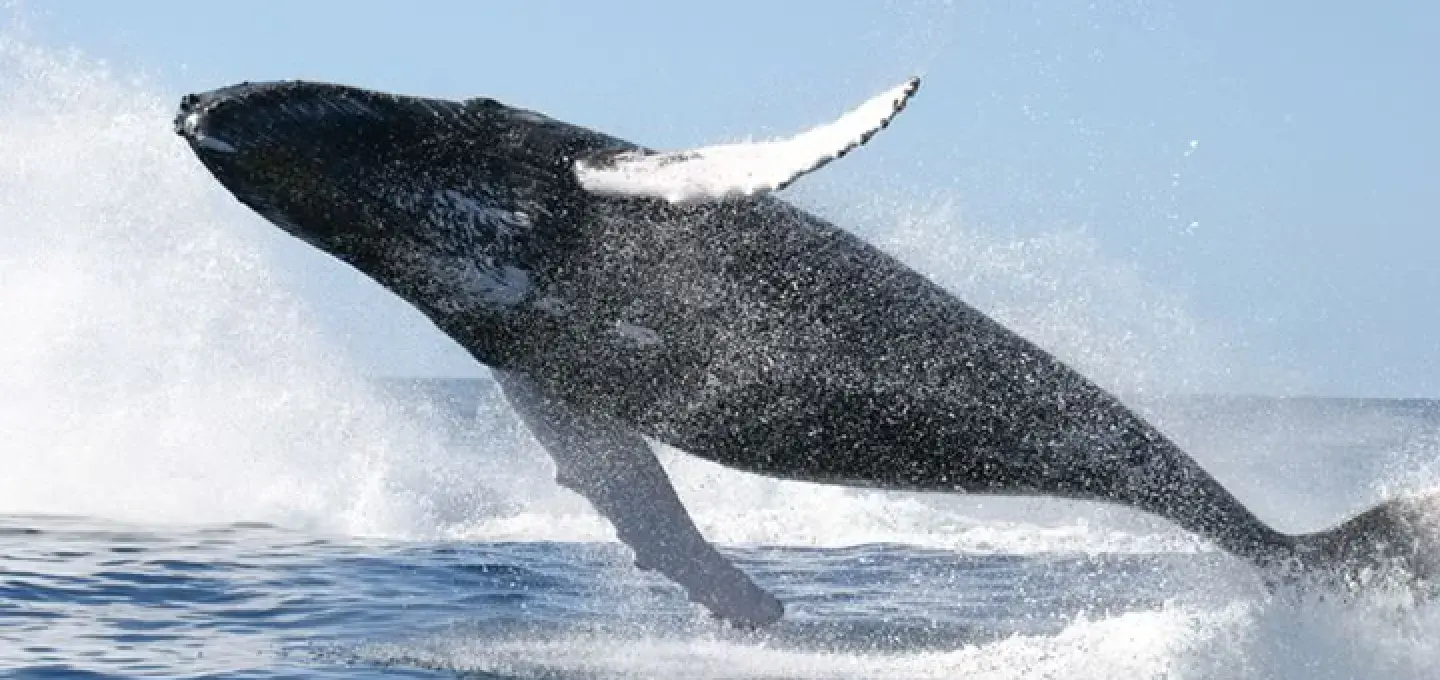Evolution of Early Whales
The evolution of modern cetaceans (including whales, dolphins, and porpoises) from terrestrial ancestors required many drastic anatomical, physiological, and behavioral changes. The development of an efficient swimming mode in the earliest cetaceans is one key to understanding this remarkable transition. This behavioral change from a limb-dominated form of swimming to a tail-dominated form can be inferred from the anatomies of fossil whales, but it requires careful comparison with the anatomies of modern mammals, whose behaviors can be directly observed and correlated with their anatomies. This project seeks to develop a quantitative framework from the anatomies of modern mammals in order to infer the behavioral capabilities of early fossil whales. It involves working extensively with museum collections of modern and fossil mammals and utilizing multivariate statistical analyses to discern patterns in the data.
Student researchers
Melissa Braun, Josiah Valk, Alexandra Kuipers, Aaron Pemberton, Caedmon Morgret







